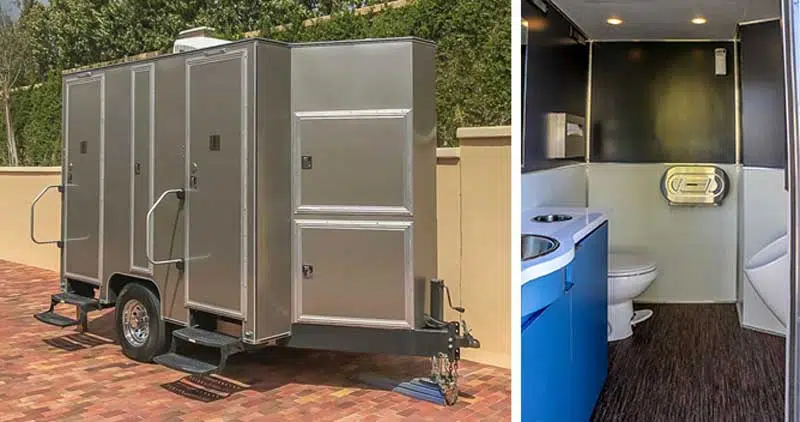Medical negligence can have life-altering consequences, often leaving individuals to deal with long-lasting physical, emotional, and financial hardships. When a healthcare provider fails to deliver the appropriate standard of care, patients may experience pain, disability, and suffering that could have been prevented. Whether it is misdiagnosis, surgical errors, medication mistakes, or improper treatment, the impact of medical negligence is profound. Patients trust healthcare professionals to act in their best interests, and when this trust is broken, the consequences can be devastating. The emotional toll of medical negligence is often overlooked, but it is just as important as the physical injuries sustained. Victims of medical malpractice may suffer from anxiety, depression, and a sense of betrayal, as they come to terms with the fact that their condition could have been avoided. Coping with the aftermath of negligence often means dealing with not just physical pain but also a damaged sense of security and trust in the healthcare system. This emotional burden can persist long after the medical issue has been addressed.

Furthermore, the financial strain caused by medical negligence can be overwhelming. In many cases, victims face ongoing medical expenses, lost wages due to time off work, and the costs of rehabilitation or long-term care. For individuals who were already struggling financially, the added burden of these costs can lead to an even more difficult situation. It can be particularly difficult to navigate the complex process of pursuing compensation for these financial losses, which requires expert knowledge and the ability to gather the right evidence to support a claim. In addition to the financial strain, medical negligence can drastically alter a person’s quality of life. Individuals may be left with permanent disabilities or chronic pain, reducing their ability to work, care for themselves, or engage in activities they once enjoyed. In some cases, patients may experience a loss of independence and require constant care and law assistance, which can have a ripple effect on their families and loved ones.
The changes in their lives can be profound, affecting relationships, social interactions, and their overall sense of well-being. Taking legal action after experiencing medical negligence is a vital step in seeking justice and holding the responsible parties accountable. Victims of medical malpractice deserve to be compensated for their suffering, both physical and emotional, and the financial burden they have had to endure. The legal system allows individuals to pursue claims and fight for their rights, ensuring that healthcare providers who are negligent are held responsible for their actions. This process can be complex, but with the right legal support, victims can navigate the challenges and work towards a resolution. No one should settle for less than the justice they deserve when medical negligence changes their life. The consequences of such negligence are far-reaching, and victims are entitled to compensation for the pain and suffering they have experienced.








